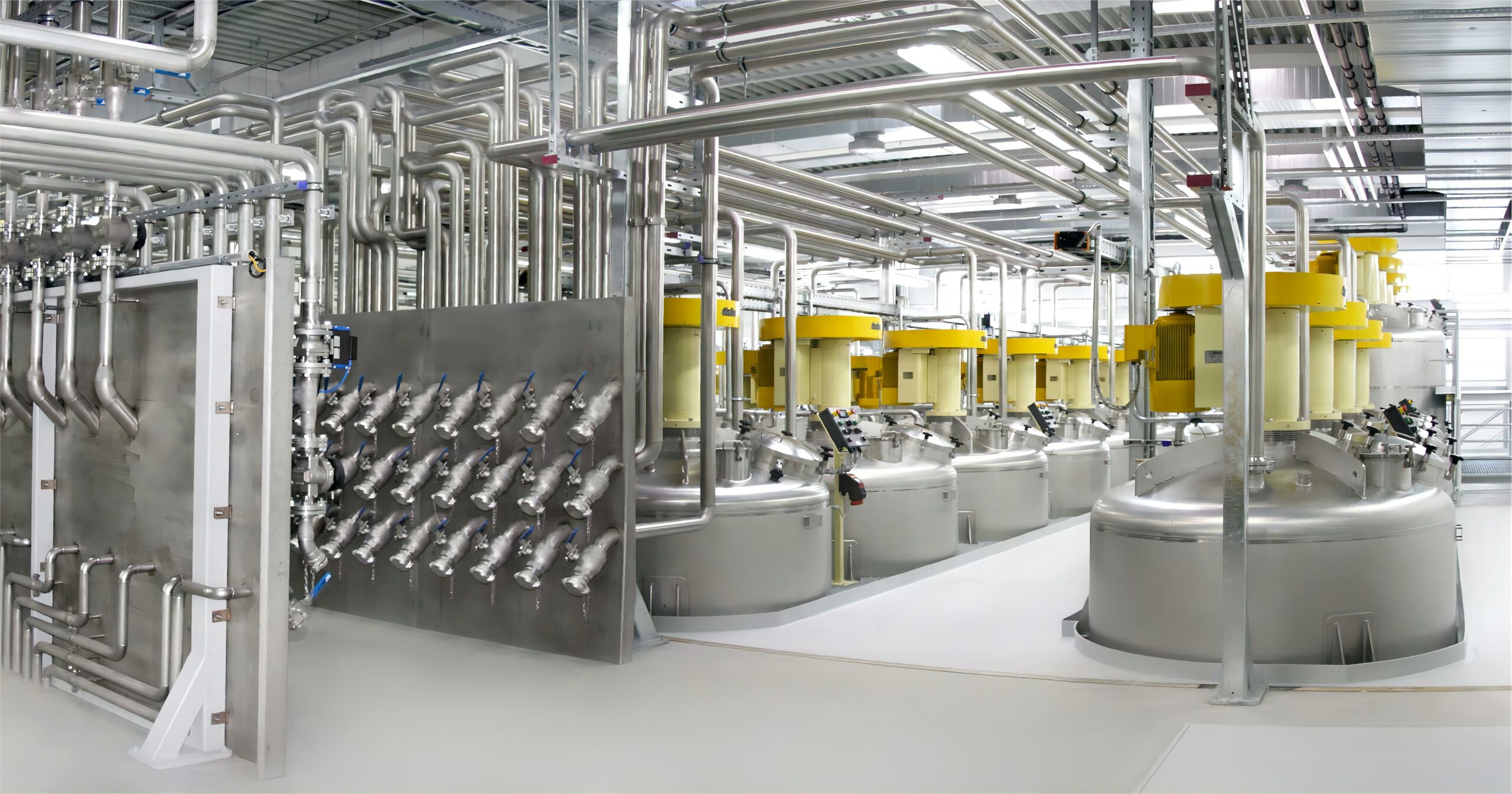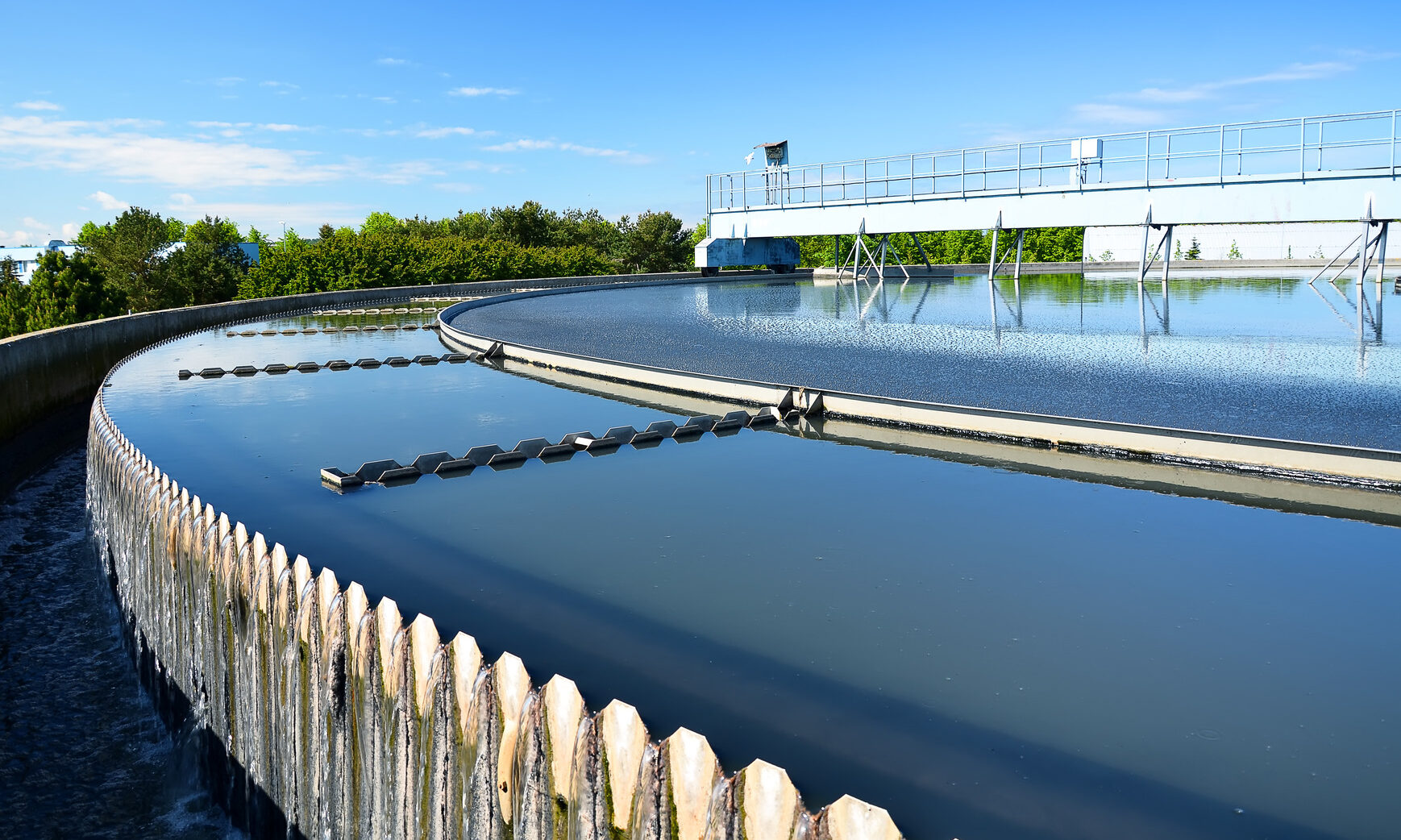EN 10217-7 specifies the requirements for welded stainless steel tubes for pressure purposes, making it highly suitable for various applications within the liquid processing and conveyance industry. This industry encompasses a wide range of sectors including chemicals, petrochemicals, water treatment, and beverages, among others. Here are some key applications of EN 10217-7 stainless steel tubes in this broad industry:
Chemical Processing: These pipes are extensively used in the chemical industry for conveying aggressive chemicals, as they offer excellent resistance to corrosion and chemical attacks. They can withstand the high pressures often required in chemical reaction processes and transfer systems.
Petrochemical Applications: In the petrochemical sector, these pipes transport raw materials, intermediates, and finished products. Their high strength and corrosion resistance are vital for ensuring the safe and efficient conveyance of petrochemical fluids, including those under high pressure and temperature conditions.
Water Treatment Systems: EN 10217-7 stainless steel tubes are used in various stages of water treatment, including desalination, filtration, and reverse osmosis systems. They can handle the pressure demands and corrosive conditions often present in water treatment applications, ensuring the integrity of piping systems.
Food and Beverage Industry: For liquid processing in the food and beverage industry, such as in the production of dairy products, juices, and alcoholic beverages, these tubes offer a hygienic and non-reactive solution that maintains the quality and safety of consumable products.
Pharmaceutical Liquid Processing: In the pharmaceutical sector, these tubes are used for the conveyance and processing of liquid pharmaceutical ingredients and products. Their corrosion resistance, ability to maintain purity, and suitability for high-pressure applications are critical for adhering to the stringent standards of the pharmaceutical industry.
Dairy Industry: For the conveyance of milk and other dairy products, which require strict hygiene standards and temperature control, EN 10217-7 tubes provide a durable, corrosion-resistant solution that helps maintain product quality.
EN 10217-7 stainless steel tubes, with their durability, corrosion resistance, and capacity to withstand high pressures, are a versatile choice for the diverse needs of the liquid processing and conveyance industry, contributing significantly to the safety, efficiency, and reliability of these operations.









